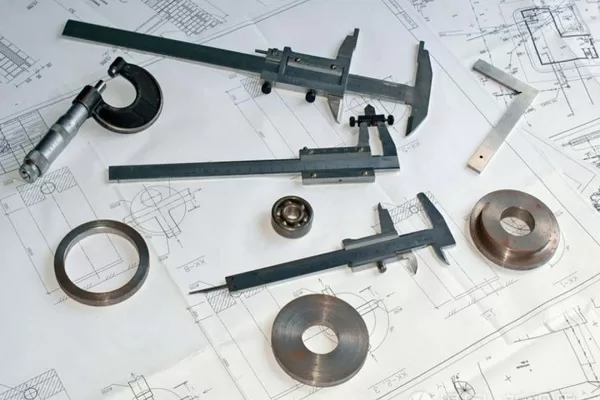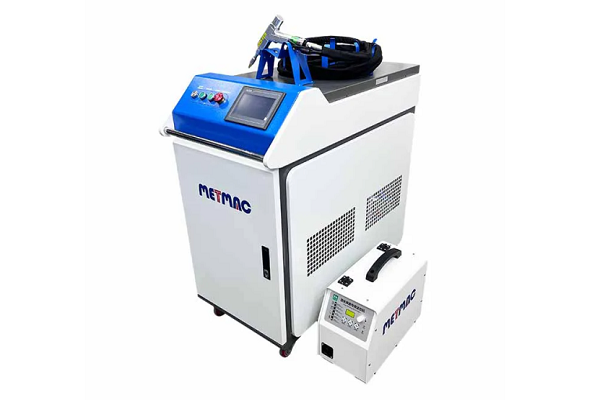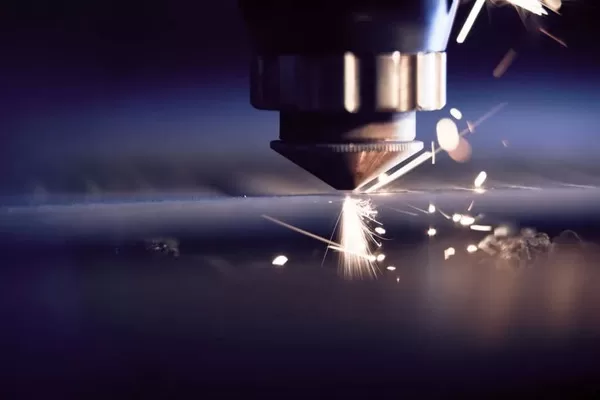
How to Reduce the Material Loss when the Duct is Processed in the Duct Production Line
- By:Metmac
- 2024-10-21
- 195
Introduction
In the constantly evolving world of manufacturing, minimizing material loss and maximizing efficiency are paramount to achieving profitability. Duct production lines are no exception, with material loss posing a significant challenge for manufacturers seeking to optimize their processes. This article delves into the intricacies of duct fabrication and presents innovative strategies for reducing material loss, ensuring cost-effectiveness and sustainability.
Understanding Material Loss in Duct Production
When processing ducts, material loss can occur at various stages of the production line. Factors such as improper nesting, inefficient cutting, and inadequate material handling contribute to this loss. Improper nesting leads to underutilization of the sheet metal, resulting in excess scrap. Inefficient cutting methods, such as plasma or laser cutting, can generate significant amounts of dross and slag, further increasing material wastage.
Strategies for Material Loss Reduction
To effectively combat material loss, manufacturers can employ a multi-pronged approach that encompasses cutting-edge technologies and process optimization techniques.
1. Advanced Nesting Software:
Advanced nesting software algorithms optimize the placement of duct components on the sheet metal, minimizing scrap and maximizing material utilization. These algorithms consider factors such as part size, shape, and orientation, maximizing space efficiency.
2. Precise Cutting Technologies:
Employing precision cutting technologies, such as fiber laser or waterjet cutting, minimizes material loss by producing clean, accurate cuts. These technologies reduce dross and slag formation, leading to less scrap and a more efficient process.
3. Automated Material Handling:
Automation plays a crucial role in minimizing material loss by ensuring accurate and efficient handling of sheet metal throughout the production line. Automated cranes, conveyors, and sorting systems reduce the risk of damage or deformation during material handling, preserving its integrity and reducing waste.
4. Optimize Process Parameters:
Cutting speed, power, and gas pressure are critical parameters that influence material loss. By fine-tuning these parameters, manufacturers can optimize the cutting process to minimize dross and slag formation. Proper ventilation and smoke extraction systems further contribute to a cleaner and more efficient cutting environment.
5. Material Recovery and Reuse:
Implementing a comprehensive material recovery and reuse program can significantly reduce material loss. Scrap and dross can be collected, sorted, and recycled, transforming waste into valuable resources. This approach promotes sustainability and minimizes the environmental impact of duct production.
6. Training and Education:
Training operators on proper material handling techniques, cutting parameters, and equipment maintenance ensures a skilled workforce capable of minimizing material loss at every stage of the production process.
7. Continuous Improvement:
Ongoing monitoring and evaluation of the production line enable manufacturers to identify areas for further improvement. By analyzing material loss data, implementing corrective actions, and seeking feedback from operators, manufacturers can continuously refine their processes to achieve optimal efficiency.
Benefits of Material Loss Reduction
1. Cost Savings:
Minimizing material loss directly translates to significant cost savings. With less scrap and waste, manufacturers can reduce material consumption and overall production costs.
2. Increased Productivity:
A streamlined production process with reduced material handling and setup times enhances productivity and throughput.
3. Sustainable Manufacturing:
Reducing material loss promotes sustainable manufacturing practices by conserving resources, reducing waste, and minimizing the environmental impact of duct production.
Addressing material loss in duct production lines requires a holistic approach encompassing advanced technologies, process optimization, and a commitment to continuous improvement. By implementing these strategies, manufacturers can effectively minimize material loss, enhance efficiency, reduce costs, and contribute to sustainable manufacturing practices. Embracing these measures will empower manufacturers to remain competitive and environmentally conscious in today’s dynamic industrial landscape.
-
The Advantages of Using a Sheet Roll Forming Machine in Manufacturing
2024/09/14 -
How to Optimize Your Laser Sheet Cutting Machine for Maximum Performance
2024/09/12 -
How to Maximize Efficiency with Modern Sheet Metal Working Machines
2024/09/04 -
The Environmental Benefits of Using Duct Board Grooving Machines
2024/09/03
-
Innovations in Steel Strip Slitting Machine Design and Technology
2024/05/11 -
Improving Accuracy in Metal Fabrication with Laser Metal Shear Machines
2024/05/11 -
Latest Technological Advancements in Rectangular Duct Machines
2024/05/11 -
Integrating Automation with Rectangular Duct Machines for Enhanced Productivity
2024/05/11
-
A Guide to the Latest Innovations in Sheet Metal Folding Machines
2024/11/29 -
Key Features to Consider When Investing in a Sheet Metal Folding Machine
2024/11/28 -
Enhancing Precision with Advanced Sheet Metal Folding Machines
2024/11/27 -
How to Choose the Right Sheet Metal Folding Machine for Your Workshop
2024/11/26



